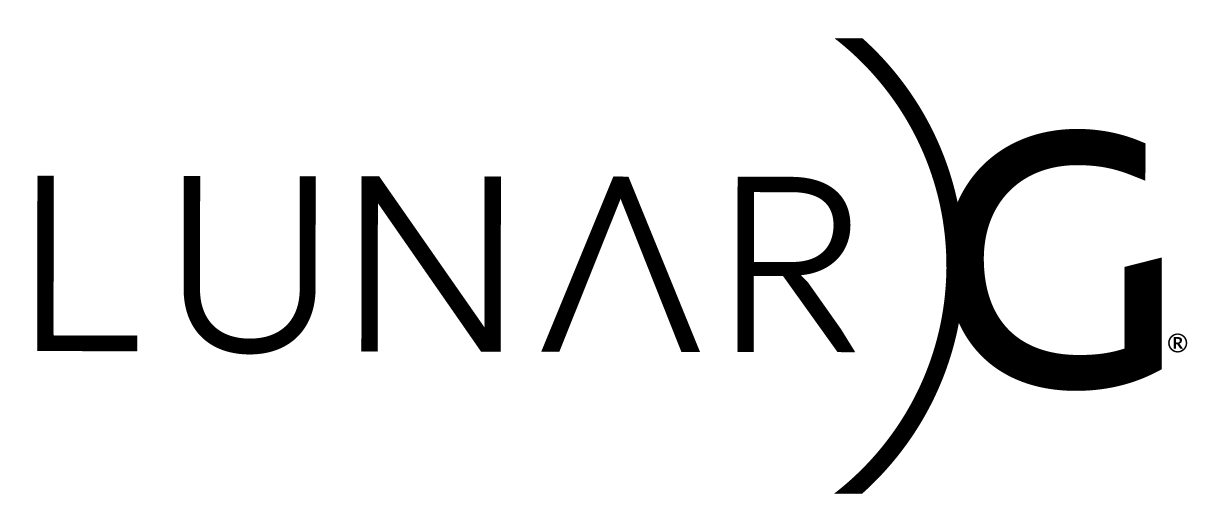Copyright © 2015-2024 LunarG, Inc.
The Shader object extension Layer implements the VK_EXT_shader_object extension.
By default, it will disable itself if the underlying driver provides the extension.
The VK_EXT_shader_object extension requires the VK_KHR_maintenance2 and VK_KHR_dynamic_rendering extensions, this layer will not work on devices that do not implement them.
Because the VK_KHR_dynamic_rendering extension is not supported on most Android devices, this layer is not implemented for Android.
For an overview of how to configure layers, refer to the Layers Overview and Configuration document.
The Shader object Layer settings are documented in the Layer Details section below.
The Shader object Layer can also be enabled and configured using vkconfig. See the vkconfig documentation for more information.
You must add the location of the generated VK_LAYER_KHRONOS_shader_object.json file and corresponding
VkLayer_shader_object library to your VK_LAYER_PATH in order for the Vulkan loader to be able
to find the layer.
Then, you must also enable the layer in one of two ways:
- Directly in your application using the layer's name during vkCreateInstance
- Indirectly by using the
VK_INSTANCE_LAYERSenvironment variable.
Windows
If your source was located in: C:\my_folder\ExtensionLayer and your build folder was build64, then you would add it to the layer path in the following way:
set VK_LAYER_PATH=C:\my_folder\ExtensionLayer\build64\layers\Debug;%VK_LAYER_PATH%
Linux/MacOS
If your source was located in: /my_folder/ExtensionLayer and your build folder was build, then you would add it to the layer path in the following way:
export VK_LAYER_PATH=/my_folder/ExtensionLayer/build/layers:$VK_LAYER_PATH
Forcing the layer with VK_INSTANCE_LAYERS
To force the layer to be enabled for Vulkan applications, you can set the VK_INSTANCE_LAYERS environment variable in the following way:
Windows
set VK_INSTANCE_LAYERS=VK_LAYER_KHRONOS_shader_object
Linux/MacOS
export VK_INSTANCE_LAYERS=VK_LAYER_KHRONOS_shader_object
To force the layer to be enabled for Vulkan applications, even though the Vulkan implementation supports VK_EXT_shader_object extension, you can set the VK_SHADER_OBJECT_FORCE_ENABLE environment variable in the following way:
Windows
set VK_SHADER_OBJECT_FORCE_ENABLE=true
Linux/MacOS
export VK_SHADER_OBJECT_FORCE_ENABLE=true
To disable pipeline pre-caching to reduce memory overhead, you can set the VK_SHADER_OBJECT_DISABLE_PIPELINE_PRE_CACHING environment variable in the following way:
Windows
set VK_SHADER_OBJECT_DISABLE_PIPELINE_PRE_CACHING=true
Linux/MacOS
export VK_SHADER_OBJECT_DISABLE_PIPELINE_PRE_CACHING=true
If you have a setting defined in both the Settings File as well as an Environment Variable, the Environment Variable value will always override the Settings File value. This is intended to let you dynamically change settings without having to adjust the Settings File.
The options for this layer are specified in VkLayer_khronos_shader_object.json. The details of the layer options are documented in the Shader object layer documentation.

